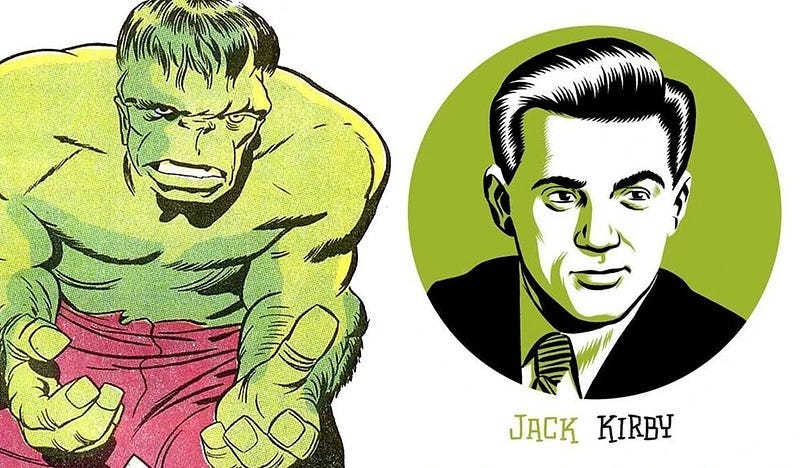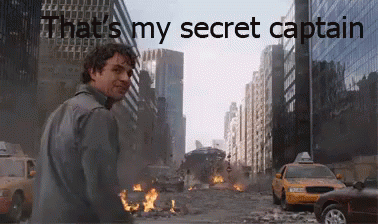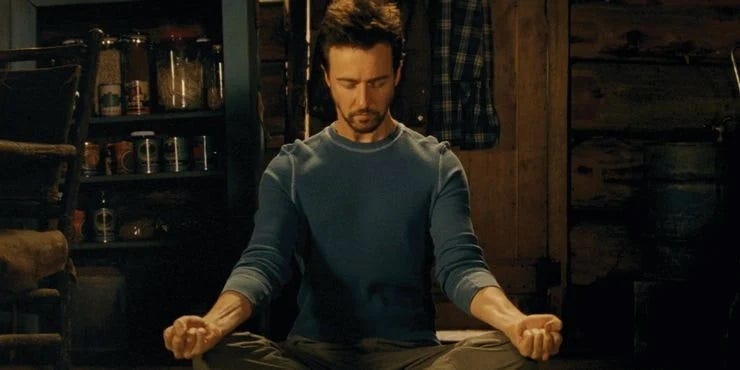The Hulk faces Emotional Flashbacks and you may too
A psychological approach to analyzing comic book characters, in this case.. The Incredible Hulk
When was the last time you were upset or angry and you couldn’t figure out why? Perhaps you woke up on the wrong side of the bed or you didn’t feel good about yourself for an undetermined reason?
Think about the last time you were feeling sad or low, for whatever reason. What were the primary thoughts in your head? Can you recount the feeling? If you analyze yourself and still can’t find any substantive reasons, you may have been facing an emotional flashback.
An emotional flashback is usually defined within the spectrum of complex post-traumatic stress disorder. A sufferer can experience the feelings of a previous traumatic experience as if it were presently happening. The intense emotional state can psychologically regress a sufferer back to early childhood trauma. But unlike PTSD flashbacks, emotional flashbacks do not require a visual or auditory component. These flashbacks engage a sudden trauma response that jolts the brain into an “amygdala hijacking” — ^This targets the part of the brain that regulates emotional behavior and dominates with a specific emotion. In other words, a person becomes “ triggered”. This “hijacking” is what leads the human nervous system to go into one of the “ 4 F’s”: Flight, Fight, Freeze, or Fawn.
Since I was a child, I’ve always loved The Hulk. He’s always embodied freedom to express emotion in its purest form, in his case- rage. And like his contemporaries, he maintains a personal code of justice. His character represents that while anger can be destructive, it is a valid emotion that can nonetheless be productive. Therefore, in many instances, his anger is a call to action and represents growth and change.
The Hulk first appeared in May 1962, in his self-titled series “The Incredible Hulk”. Created and written by Stan Lee and designed / Co-written by Jack Kirby. Lee stated that the majority of his inspiration stemmed from Mary Shelly’s Frankenstein and Stevenson’s Dr. Jekyl / Mr. Hyde. Kirby’s inspiration was in witnessing a woman lift a car to save her child.
“ The Hulk I created when I saw a woman lift a car. Her baby was caught under the running board of this car. The little child was playing in the gutter and he was crawling from the gutter onto the sidewalk under the running board of this car — he was playing in the gutter. His mother was horrified. She looked from the rear window of the car, and this woman in desperation lifted the rear end of the car.
It suddenly came to me that in desperation we can all do that — we can knock down walls, we can go berserk, which we do. You know what happens when we’re in a rage — you can tear a house down. I created a character who did all that and called him the Hulk. I inserted him in a lot of the stories I was doing.
Whatever the Hulk was at the beginning I got from that incident. A character to me can’t be contrived. I don’t like to contrive characters. They have to have an element of truth. This woman proved to me that the ordinary person in desperate circumstances can transcend himself and do things that he wouldn’t ordinarily do. I’ve done it myself. I’ve bent steel. “ — Jack “ King” Kirby
Hulk is a case study in the human experience of being misunderstood when acting hotly and the privilege of white men being regarded as heroes when expressing themselves openly. When anger is provoked in a person, it is the mind trying to protect itself or something it cares for, it’s innate and instinctual. Bruce Banner’s anger was pressurized into a time bomb due to his history of experiencing child abuse at the hands of his father.
As a black kid in America, I was taught very early that my anger was an emotion that I didn’t have full access to. Growing up in an abusive household, I wasn’t taught the benefits of my anger but reminded that it could lead me to physical harm. I was conditioned to think that I wasn’t entitled to express my anger when I was mistreated. As I grew, I was forced to reckon with my adopted techniques to manage my anger. I would become rude and forceful with my younger siblings at times, but most of my disdain was self-directed. I became highly self-critical and developed a scornful relationship with myself.
Much like Bruce Banner’s relationship with the Hulk, whenever my anger started to brew, I became angry with myself and blamed myself for the lack of control of my feelings.
Blocked anger can degenerate into bitter sadness and blocked frustration which often deteriorates into a melancholy and pent-up rage.
Triggers can be engaged by an external or internal stimulus that snaps the individual into an emotional flashback. Before Bruce makes his transformation in the comics, it’s canon that a variety of Hulks battle in his subconscious mind for the opportunity to be released in the material world. The battles are usually depicted with visceral brutality. In many cases, when a person is forced to reckon with their trauma, an argument could be made that you are similarly at war with yourself.
In most cases, it’s the Savage childlike Hulk that prevails because it represents the most wounded part of his psyche, his inner child. An emotional flashback operates similarly.
So how can you manage your inner Hulk and make sense of your flashbacks? There are many different ways to manage emotional conflict, but the most beneficial is the ancient art of mindfulness. Mindfulness is typically defined as the practice of being completely aware of what is currently happening inside and around you. It’s about understanding the difference between a thought and a feeling, then taking time to separately address the two. Below are some practical tips I’ve been able to employ when I am struggling with emotional regulation.
When meditating feelings:
Explore how you are feeling somatically- Employ progressive muscle relaxation techniques, feel where the tension in your body is being held, then concentrate on slowly releasing it. Focus on your breathing and softly encourage your muscle groups to relax. Remember fear and anger are both energies that won’t hurt you if you are open to analyzing them.
Find an environment that produces calmness, it could be as simple as taking a walk or wrapping yourself within a blanket in a dark closet.
Allow yourself to cry if you need to — Grieving provides an unparalleled psychological and psychological release. It releases tension and anxiety that can work through past trauma and present stress.
Be patient and empathic with yourself. Remember that you’ve experienced things in your life that have taught you to become some level of vigilant in some or all situations. Give yourself time to achieve homeostasis again, when you experience an amygdala hijacking, your body requires time to become de-adrenalized.
When meditating Thoughts:
Acknowledge that you having a flashback or an emotional trip up. Consider slowing down. Tunnel thinking and impatience can lead to mismanagement of thoughts and feelings. Try to consider which thoughts are dominating your thinking. Remind yourself that while you may be feeling angry or afraid, you are still safe and your feelings are fleeting, Dismantle your eternity thinking.
Remember that your anger may be an indication that your boundaries are being challenged, respect that you are entitled to your boundaries and you don’t have to allow any mistreatment.
This is where self-talk arguably becomes the most powerful, what you say to yourself in a flashback has a tremendous impact on how you process your identity while in conflict. Speak respectfully and reassuring to your inner child. Self-validation is important when identifying what upset you. Remember that you are a full person with the agency to leave a situation that doesn’t suit you.
Reform your thoughts. Use thought substitution and thought correction whenever negative thoughts arise.
Invest in personal safe spaces: Being alone when you need it is important but don’t become isolated. Your mind is trying to develop solutions based on your past experiences which can be limiting. Allow yourself to be vulnerable with friends and family you trust, explain how a flashback could affect you, and ask them to assist you with thought correction.
Understand and learn your triggers. It could give you the opportunity to investigate past trauma that informs your current thought process.
As I age, I continue to use these tips throughout my journey with my mental health and still read Hulk comics for emotional validation.
https://gizmodo.com/the-incredible-hulk-was-inspired-by-a-woman-saving-her-1727562968



